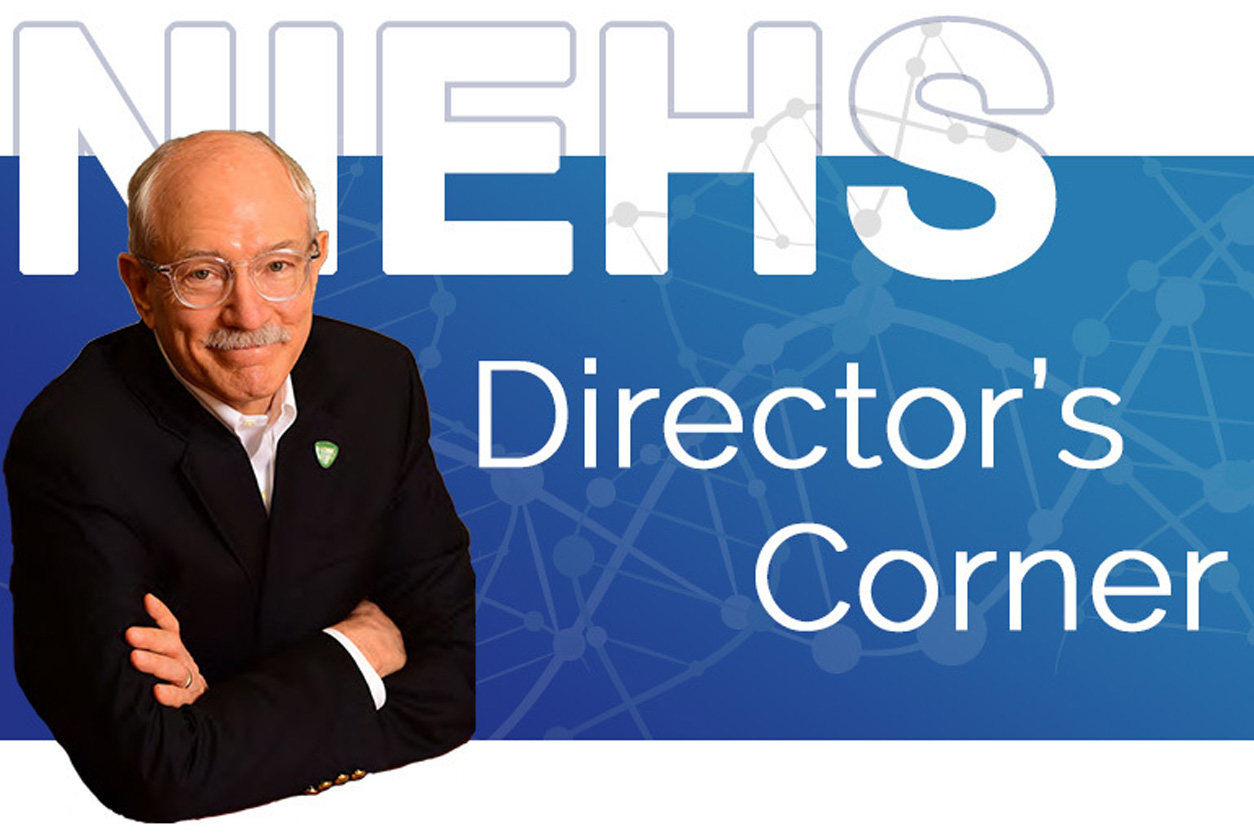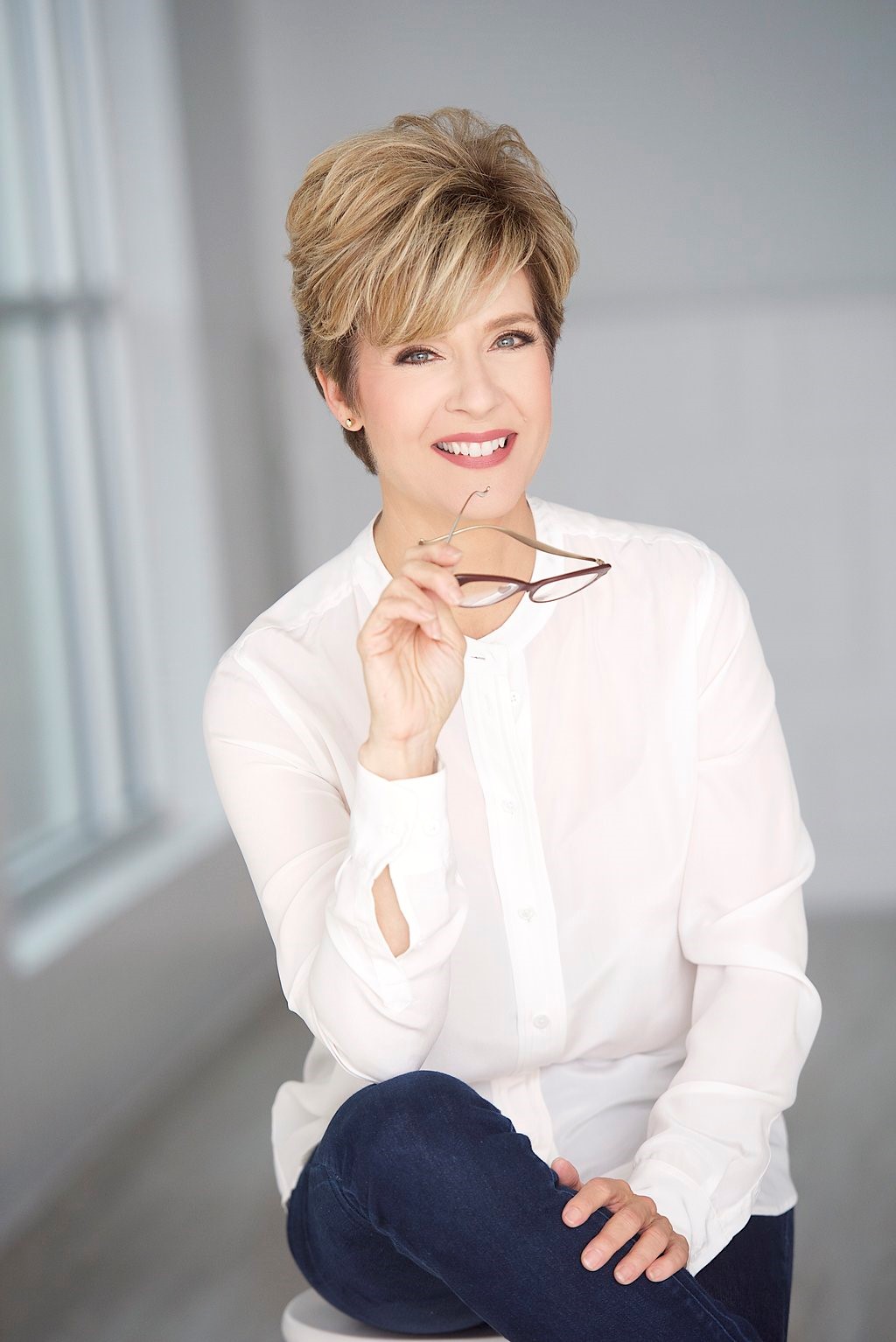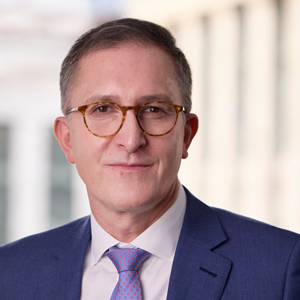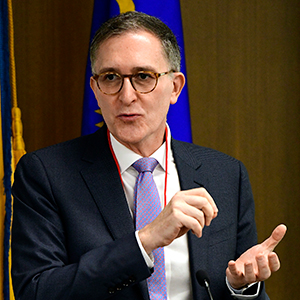
Last November, I participated in a Mayo Clinic conference in Rochester, Minnesota, that focused on how knowledge of the exposome — the totality of our environmental exposures throughout life and their related biological changes — can advance precision medicine. The goal of precision medicine is to promote individualized diagnosis, treatment, and prevention of disease.
Attendees noted that without incorporating analysis of our cumulative exposures, the biomedical research community will not fully achieve that goal. To better understand human disease and to prevent poor health outcomes, it is critical to learn how multiple environmental factors can interact with our genetic and biological makeup, according to participants.
I was joined by NIEHS Deputy Director Trevor Archer, Ph.D., and several institute grantees. We and the many international experts in attendance explored topics such as precision nutrition, how to integrate exposomics into population health studies, large precision medicine projects like the National Institutes of Health All of Us Research Program, and much more.
Cathy Wurzer, who hosts Morning Edition and Minnesota Now on Minnesota Public Radio News, moderated the two-day event. She has won four Emmy Awards, and she was recently inducted into the Minnesota Broadcasting Hall of Fame. I was impressed by her skill at spurring thoughtful and accessible conversations on a variety of complex scientific subjects.
After the conference, I caught up with Wurzer to ask about her reflections on the meeting, opportunities to share the exposome concept with the general public, and ways that researchers themselves can better communicate their work and its importance to wider audiences. In addition, I asked her to discuss her career trajectory and path to a career in broadcast journalism.
The next frontier
Rick Woychik: What were your takeaways from the Mayo Clinic conference we attended, “Explore the Exposome: The Next Frontier of Individualizing Medicine”?

Cathy Wurzer: One of my biggest takeaways is that genetics represents only a small percentage of the factors that contribute to disease. I knew that our environment affects our health, but I was surprised to learn just how deep the effects can be, and I didn't realize how cumulative exposures over a lifetime can significantly influence our biological makeup.
I have had the privilege of hosting the Mayo Clinic’s Individualizing Medicine Conference for the past several years, and I am blown away by the breathtaking speed at which the science has evolved in just that time. The discussions at the latest meeting were fascinating and also depressing when you think of everything that we are exposed to each day, but I was glad that the organizers focused on this aspect of precision medicine, the exposome.
Years ago, when media outlets reported on the Human Genome Project, we were told that decoding our DNA would revolutionize understanding of the underlying causes of disease. But in recent years, I think it has become clear that researchers also must consider how multiple environmental exposures affect us and interact with our genes.
Storytelling is essential
RW: You did an outstanding job moderating discussions at the conference and asking clarifying questions that spurred clear and concise conversation on the exposome. In my view, communication is key to helping both the public and scientists appreciate the exposome and its importance to precision medicine. Given your background in broadcast journalism, what are your thoughts on how to share these ideas with wider audiences?
CW: When I moderate conference discussions, my goal is to understand the fundamental science so that I can ask good questions and make sure the audience grasps the research. Preparing for the recent meeting was like drinking from a fire hose because there was so much to read and retain. It was humbling to be on stage with so many pioneering researchers in the field, and it felt like I was taking a doctoral-level course in precision medicine.
In general, science communication is difficult, and one of the biggest challenges is that the scientific process is rarely final but rather dynamic and evolving. That can frustrate some readers and listeners — including reporters — because we often want answers right now. That said, I think that when it comes to the exposome, the public is fully capable of grasping the nuances.
Everybody eats and everybody breaths, and we all know on a basic level that we are exposed each day to numerous environmental factors, some good and others bad, that can affect our health. I think those of us in the media can do more to help the public connect the dots on these issues, and one of the best ways to do that is to tell good stories that capture their imagination.
Humans are hardwired to like a good story, and while not all research is groundbreaking, all research has a story behind it that can resonate with people. I recently interviewed a doctor as part of a podcast, and he talked about using rapid genome sequencing for babies in neonatal intensive care units to figure out potential causes of their problems and potential treatments.
I asked him to provide a story that underscores why the sequencing approach is important, and he shared a very powerful anecdote involving a baby who was in intensive care but who is now alive and doing well. Similarly, when it comes to the exposome and precision medicine, we in the media need to try to connect the science to the heart of the reader, listener, or viewer.
Connecting science to the heart
RW: Connecting science to the heart and helping people understand the importance of research is so important, and I completely agree with you that storytelling is a key part of that. What are your thoughts on how scientists themselves can more effectively communicate their work?
CW: I think if more scientists can receive media training, that would be great because it can help them develop key messages that make their research more accessible. Exposomics is a new area of study, and it is very exciting, but it needs to be explained in understandable terms.
Some scientists may feel that they are dumbing down their research when they communicate to lay audiences and reporters, but that is not so. I like the quote attributed to Albert Einstein, “You don’t really understand something unless you can explain it to your grandmother.” Scientists understand their research well. But taking that next step and being able to explain it to someone who is brand new to the field so that they don’t get lost in the weeds or in jargon is essential.
I would also encourage scientists to reach out to new audiences on social media. I follow a number of researchers now because of my work with the Mayo Clinic, and it has been very helpful to hear what they're working on without a filter.
Finally, I would again stress the importance of storytelling. By developing an engaging narrative, scientists studying the exposome can push the field forward and illuminate why it matters to precision medicine and human health. I should add that clear communication also helps other scientists who may not be familiar with a given field. Greater understanding can lead to new collaboration and innovation that would not otherwise have been possible.
More training needed
RW: Any final reflections that you would like to share with our readers?
CW: I would just add that in my more than 30 years of doing this work, I can think of very few professional conferences that deal with science reporting. It really is not talked about a whole lot, and that is a shame. So, that is an area that needs improvement. I also wish we would do a better job in journalism schools of helping new reporters learn how to do this work. There are a lot of exciting stories out there waiting to be told and waiting to capture the public’s imagination.
(Rick Woychik, Ph.D., directs NIEHS and the National Toxicology Program.)









